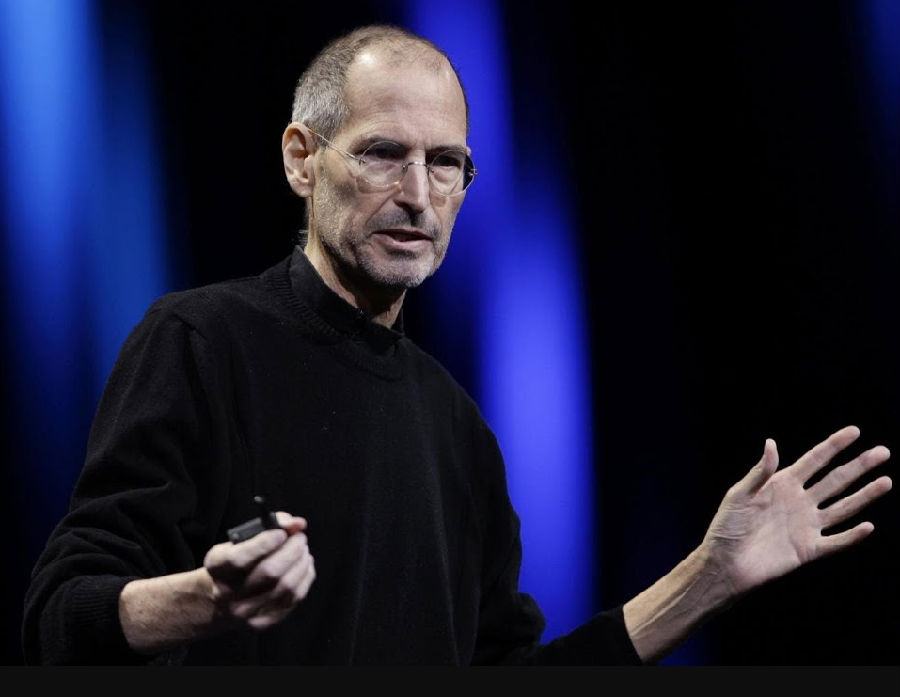Intel Inside
英特爾芯片
Apple's innovations were more than skin-deep.
蘋果公司的創新并非流于表面。
Since 1994 it had been using a microprocessor, called the PowerPC, that was made by a partnership of IBM and Motorola.
1994年起,該公司就一直在使用PowerPC芯片,該微處理器由IBM和摩托羅拉聯合生產。
For a few years it was faster than Intel's chips, an advantage that Apple touted in humorous commercials.
在當時幾年的時間里,該芯片比英特爾公司生產的芯片更快,蘋果公司曾在自己的幽默廣告中吹捧過這一點。
By the time of Jobs's return, however, Motorola had fallen behind in producing new versions of the chip.
然而,當喬布斯重回蘋果時,摩托羅拉在生產新版本芯片方面已開始落后。
This provoked a fight between Jobs and Motorola's CEO Chris Galvin.
這引發了喬布斯和摩托羅拉CEO克里斯·高爾文的爭吵。

When Jobs decided to stop licensing the Macintosh operating system to clone makers, right after his return to Apple in 1997,
1997年,喬布斯回到蘋果后,立即決定停止授權同類電腦制造商使用麥金塔操作系統,
he suggested to Galvin that he might consider making an exception for Motorola's clone, the StarMax Mac,
他打電話向高爾文提議,蘋果公司可能會考慮為摩托羅拉StarMax Mac破例,
but only if Motorola sped up development of new PowerPC chips for laptops.
如果摩托羅拉加速研發可用于筆記本電腦的新版威力芯片的話。
The call got heated. Jobs offered his opinion that Motorola chips sucked.
兩人的對話越來越激烈。喬布斯對高爾文說,摩托羅拉的芯片爛透了。
Galvin, who also had a temper, pushed back. Jobs hung up on him.
高爾文也是個有脾氣的人,立即反駁。喬布斯掛了他的電話。
The Motorola StarMax was canceled,
摩托羅拉停止生產StarMax電腦,
and Jobs secretly began planning to move Apple off the Motorola-IBM PowerPC chip and to adopt, instead, Intel's.
而喬布斯則開始暗中計劃拋棄摩托羅拉/IBM的威力芯片,轉而投向英特爾的懷抱。
This would not be a simple task. It was akin to writing a new operating system.
換芯片并不容易,這相當于要重新編寫整個操作系統。











